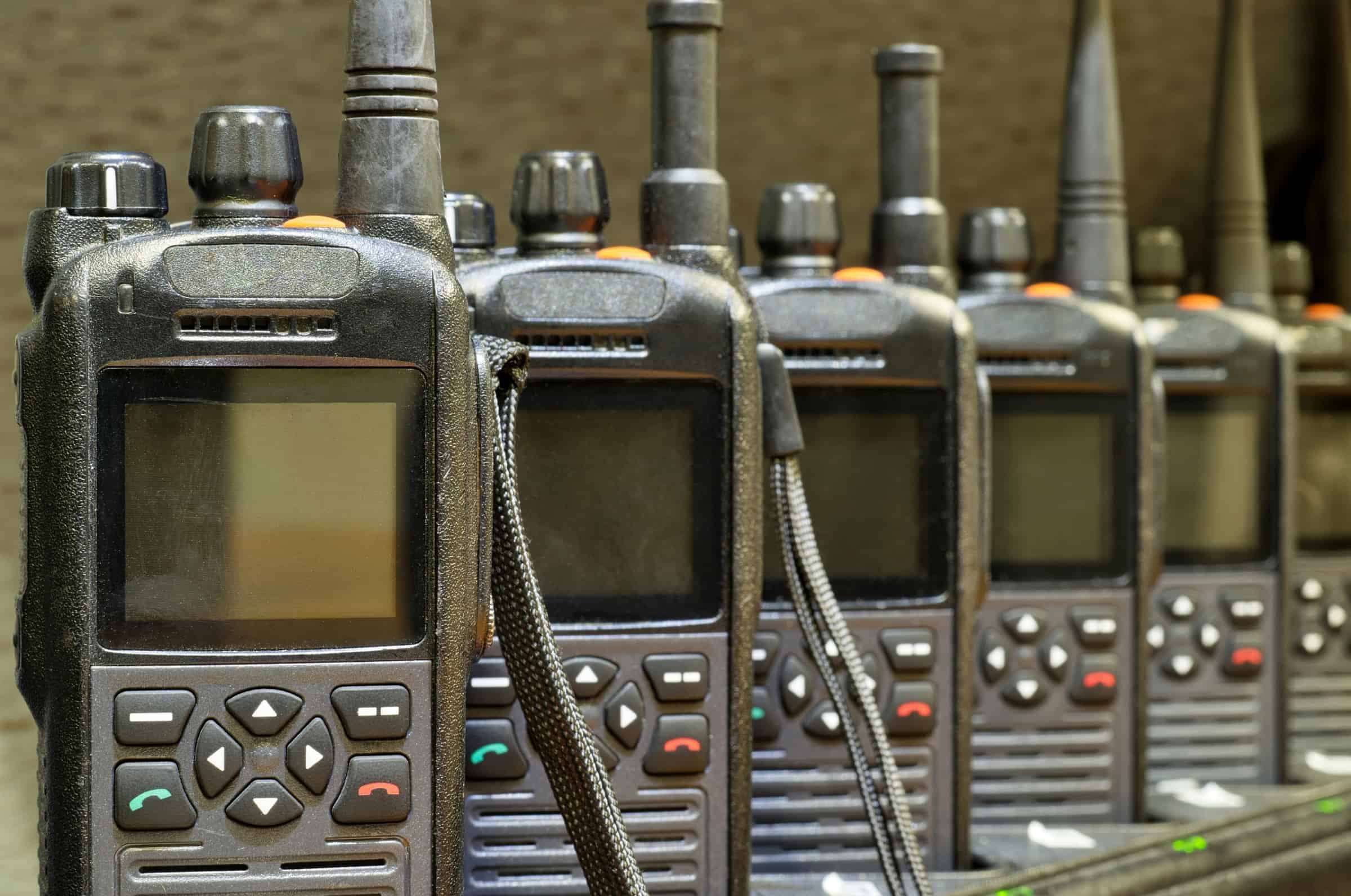
Every event, small or large, should start with an initial plan. Someone somewhere will be putting together ideas on how any given event will look and proceed as per a client’s requests and expectations. They will consider the event’s theme, the location, budget, expected number of attendees. Safety and security should be integral to this plan and remain a top priority throughout.
Usually, after the essential specifics of an event are finalised, security requirements are discussed. However, this is not always the case. Some smaller events or venues may attempt to hold events without security. Missing or inadequate event security often leads to access control or Health & Safety issues, or breaches of licensing regulations. And, of course, security incidents like theft, crowd control issues, and gate crashing. Ultimately, there is a risk of injuries or even fatalities. So, event planners should consider security requirements at an early stage. All too often, security is overlooked and left until the last minute.
The event security plan should define roles and responsibilities. The plan should identify who is in overall control and responsibility for each element of the event and up-to-date contact information. As well as identifying the types of security required, the plan should document how much security role is needed.
The event security plan should also detail the competency, qualifications, licensing and training required of staff taking identified roles. Also, the plan must document how to monitor compliance and who is responsible for vetting and monitoring.
Risks should be documented along with systems and procedures to manage these risks. In the past, it may have been sufficient only to consider minor crimes and troublesome guests when planning most events. Unfortunately, threats today can come from terrorists, radicalised lone actors or random armed violence. Even smaller events and low-profile venues need to consider these eventualities.
Large-scale attacks by terrorists or misguided individuals are increasingly common. Anywhere where big crowds gather can present an easy soft target. Give consideration to:
The first question to ask is whether or not the venue is suitable for the event? In determining this, you may need to ask a wide range of additional questions:
Outdoor events need to establish perimeters. It may be necessary to construct fencing or use barricades. Consider whether or not the boundaries are manned, at what points, and how many staff to minimise “porosity,” i.e. access through unauthorised entry points.
Similarly, indoor events should give particular attention to back doors that staff can open or windows that open from the outside.
Document the venue capacity limit and plan to measure attendee numbers and prevent the venue from going over capacity.
The venue location in itself could present a risk if it is inaccessible to emergency services. If this is the case, then describe mitigation.
These days, cybercriminals can hack anything connected to the Internet and leverage it to attack physical safety. For example, how will you prevent hackers from breaching venue systems and overriding electronic gates or door locks? What if alarm or communication systems are compromised?
A high profile or controversial guest may be a target for protestors, other disruption or attacks. Consider how best to mitigate this. Is it possible and practical to vet every attendee? Can you stop bulk ticket purchases that could be seeking to mask the identities of potential disruptors?
All things being equal, the larger the number of attendees, then the greater the risk. Mitigation requires even more planning and extensive coordination and communication.
It is well known that employees are the weakest link in information security. Employees and other personnel are may also be the most significant risk to venue security. Security is everyone’s responsibility. The event security plan should allow for all staff involved in the event to receive security awareness training.
An event security plan should coordinate all of the Health, safety and security information. The plan communicates this information with all stakeholders, e.g. the client organiser, venue staff, third party staff and contractors and perhaps local government enforcement and emergency services. It is also essential to keep records that all concerned have read and understood the plan.
Larger events need to plan for pre-event meetings with event security suppliers and Health & Safety representatives. These meetings ensure that all security and Health & Safety aspects are covered. Security companies and Health & Safety companies often work very closely together. The event security guards are often ideally positioned within and around venues to maintain Health & Safety and licence regulations.
The plan needs to document the type of communication equipment required, responsibility for providing and testing the equipment. Do you need to consider the interoperability of communication systems used by different parties?
Like most plans, event security plans are likely to change right up to the last minute. So, a robust program should allow for this and schedule time for reviews and checks. For a minor event, this could mean completing a simple checklist. For a more significant event, consider a formal meeting of representatives of all concerned parties.
Different events will require planning for additional elements. Emphasis on various aspects will vary. However, at a minimum, an event security plan for a more significant event should always answer the following questions:
Have you produced a one page summary of all of the most critical points on the event security plan?
Remember that the event plan is a living document to improve your chances of delivering a safe and secure event. Planning is not a backside covering chore to produce a document that will gather dust in a drawer!
The plan needs to work and should be reviewed and signed off by all relevant authorities. It may also be necessary to refer to the local authority governing the event’s location and the UK Health and Safety Executive.